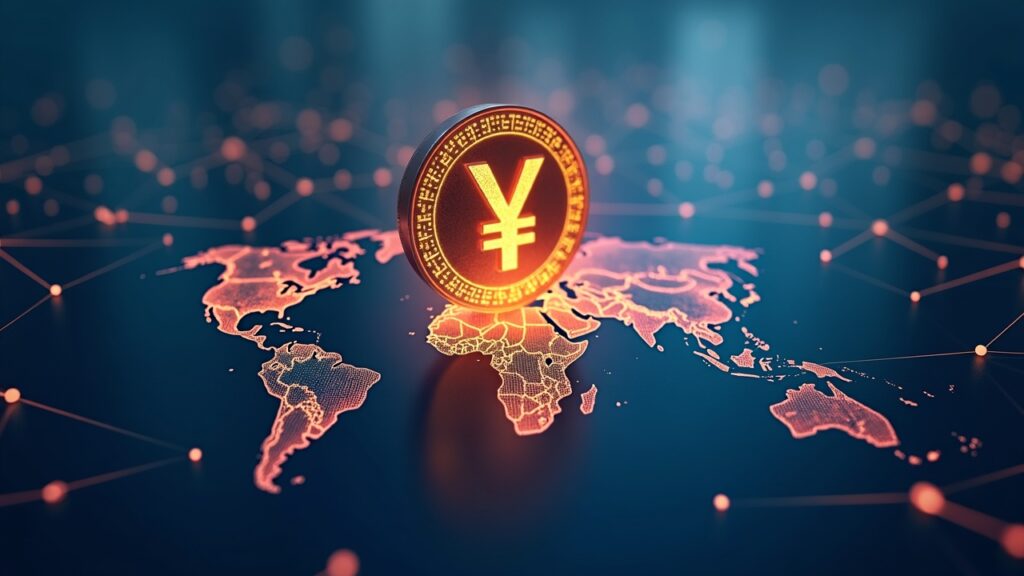China draws global attention as state bodies and private firms revive momentum toward yuan-pegged tokens, setting the stage for a new stablecoin contest. E-CNY transactions in pilot zones reached 7.3 trillion yuan by July 2024, underscoring the scale of testing. The shift matters because it could reroute cross-border payments and alter the dollar’s share, with banks, fintechs, exporters and liquidity brokers in emerging markets feeling the impact.
There´s a clear two-track plan in which the e-CNY supports domestic retail use while doubling as a tool for cross-border settlement, and Shanghai functions as the declared international hub. JD.com and Ant Group are exploring yuan-backed tokens, and AxCNH, the first regulated offshore yuan-pegged coin, launched in Kazakhstan with backers such as Lenovo and Zoomlion.
Hong Kong will activate a licensing regime in August 2025 that places the HKMA in sole charge of authorisation and oversight, while Standard Chartered plans a Hong Kong dollar token to speed local and external payments.
What is the regulatory framework for this to happen?
The PBOC backs only state-run projects and blocks speculative ventures to curb money laundering and financial crime, a stance that shapes what models can scale. Weak retail uptake of e-CNY amid user worries about privacy and zero interest, a reminder that policy ambition must meet consumer trust and incentives.
E-CNY and yuan tokens may embed digital rails in supply chains linking China to Africa or Asia, cutting payment delays. Liquidity: offshore coins such as AxCNH could build trading pairs and pools that compete with USDT/USDC in regional markets.
The PBOC and Hong Kong will enforce AML rules, placing tight limits on permissionless or speculative models. Geopolitics: a yuan token network run by Chinese institutions could expand yuan use or reduce reliance on SWIFT.
The key markers include 7.3 trillion yuan in e-CNY pilots by July 2024, Hong Kong’s rules starting August 2025, and AxCNH as the first regulated offshore yuan token backed by industrial firms, each signaling how policy, infrastructure and market players are aligning.
The next benchmark is the activation of Hong Kong’s licensing regime in August 2025; its rollout will show whether Chinese stablecoin projects move beyond pilots and begin to alter the global payment map, shaping both financial plumbing and currency influence.

